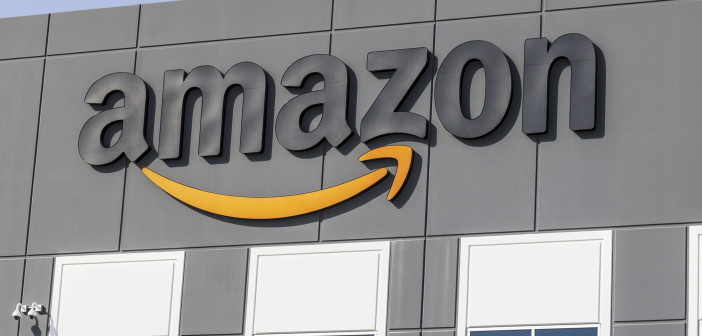Detroit was one of the cities competing to attract Amazon.com’s second headquarters (H2Q) but did not make the final cut. The two reasons given for why Detroit was not chosen are: a lack of workplace talent in Detroit, and an absence of regional transit. Both reasons are extremely dubious. I suspect the real reason is that Amazon simply got offered more taxpayer subsidies (or “incentives”) from the cities that made the cut.
The claim that the Detroit-area lacks workplace talent is hard to believe, given the caliber of Michigan’s universities. Both the University of Michigan and Michigan State University would have been within an hour’s drive of H2Q. Detroit does lack a regional transit system, but this is not reflected in average commute times. Detroit ranks 23rd out of 100 cities in terms of the average time it takes to commute to work. Cities such as Newark, Boston, Los Angeles, and Washington D.C. have longer average commute times than Detroit and still made Amazon’s cut. I am sure few people would prefer a daily commute in one of these cities to one in Detroit, despite differences in the availability of mass transit.
What is being underreported in stories related to Amazon’s H2Q is that the company is requiring large, taxpayer-financed subsidies for the headquarters, and cities are competing with each other for who can give the largest ones. Detroit offered to let Amazon keep all state income taxes paid by its employees for ten years, and half of all state income taxes for another ten years after that. Amazon also would not have had to pay any real estate, personal property, or corporate income taxes for 30 years. Windsor, Canada offered additional subsidies on top of this.
The exact number of subsidies offered by Detroit (and other cities) is a secret. The amount was redacted from Detroit’s public bid document. Business Insider has presented some estimates of the size of the subsidies offered by different cities. Philadelphia’s subsidies are estimated to be between $2 billion and $3 billion. Montgomery County, Maryland is estimated to be offering $5 billion while Newark, New Jersey is estimated to be offering $7 billion in subsidies. All of these are locations made the final cut, and their subsidies would substantially offset the $5 billion in construction costs for Amazon’s H2Q.
The bidding for H2Q resembles what economists call the “Winner’s Curse.” The winner of a bidding process is the most overly optimistic bidder, who overvalues the item and ends up losing money. Workers at H2Q will use state and local public services but will not be paying for them. It is unlikely that all 50,000 promised jobs at H2Q will materialize, if history is any guide. The Mackinac Center for Public Policy estimates that only ten percent of jobs promised by Michigan Economic Growth Authority tax credits actually materialized. Although Detroit-backers were disappointed that Detroit missed the final cut for H2Q, taxpayers should breathe a sigh of relief.














